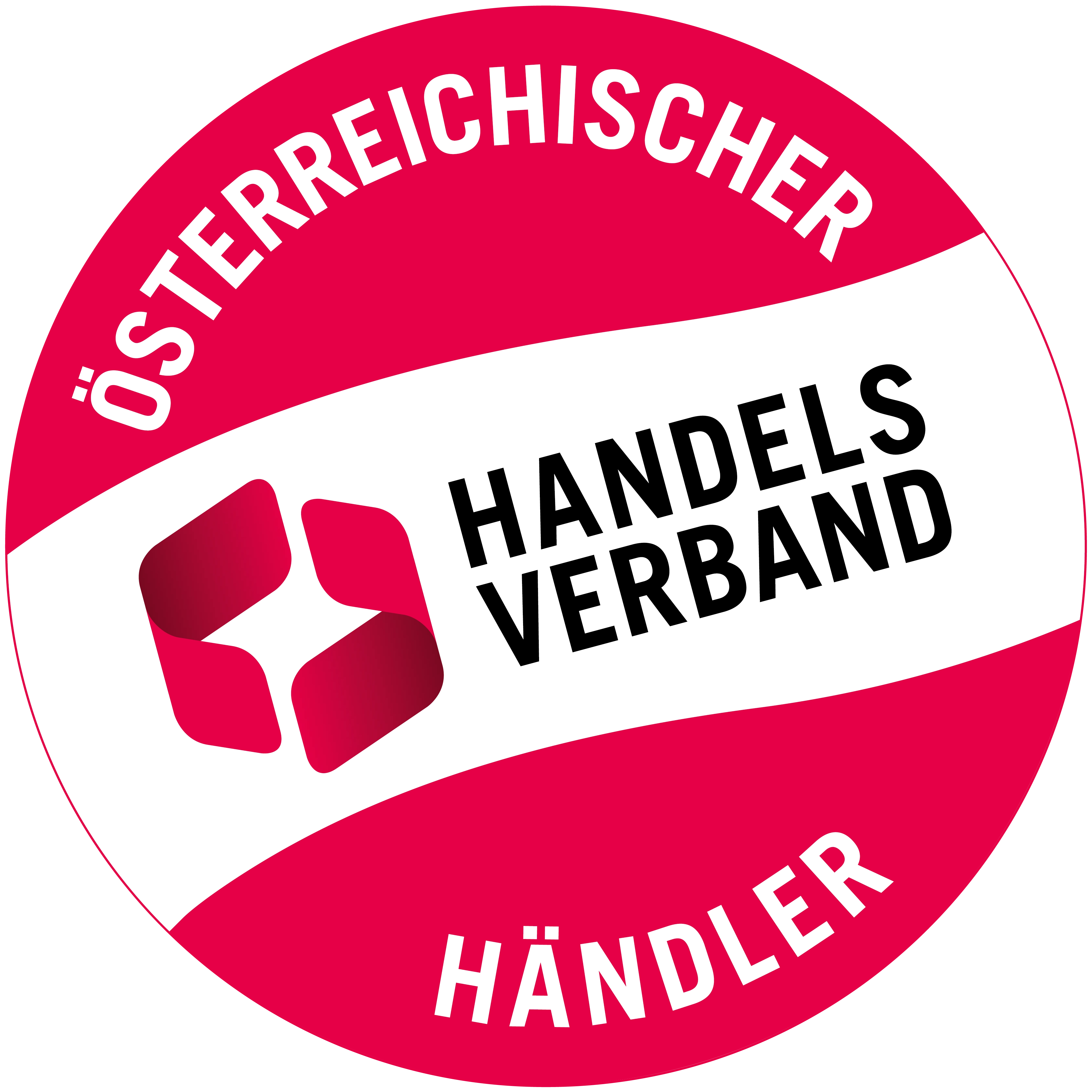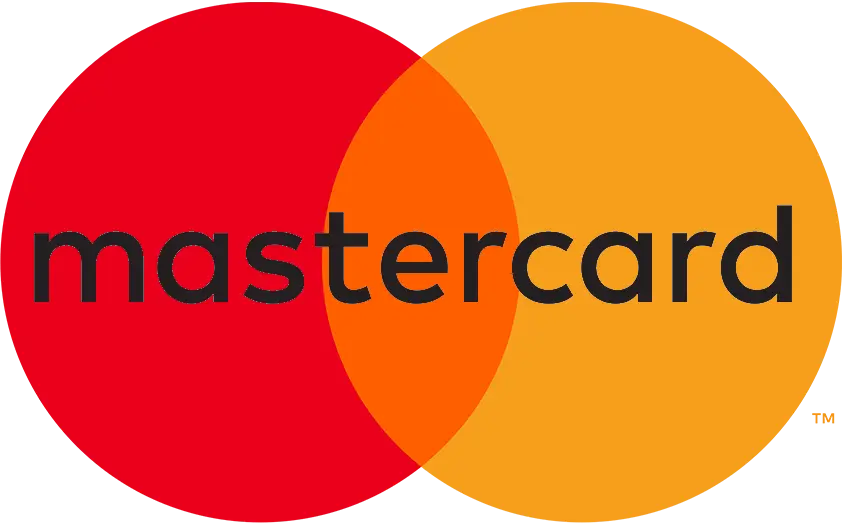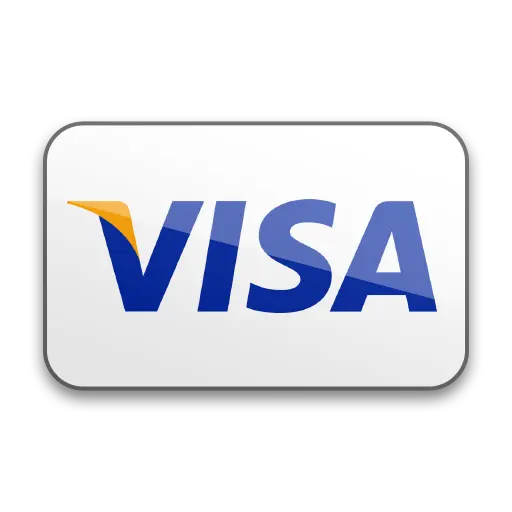Balance trainer
Choosing a balancing platform
Over the past decade, balancing platforms have literally conquered the world of fitness, and now it is difficult to imagine a modernly equipped gym without them. And for a home workout, it’s hard to find a more versatile and multifunctional simulator that can not only help you lose extra pounds, but also solve some health problems.
What is a balancing platform
This is sports equipment, the first task of which is to develop a sense of balance. Platforms come in different shapes and configurations, but all of them are united by an unstable position that a person has to balance throughout the workout. What does it give?
- The study of deep muscles that are not involved with standard efforts
- Formation of correct posture
- Simultaneous work of a large muscle group
- Strengthening the musculoskeletal system
- Improved coordination, which contributes to the harmonization of well-being
Also, balancing platforms are widely used for exercise therapy complexes and rehabilitation after injuries, however, in such cases, it is necessary that the set of exercises and the correct execution technique be approved by a rehabilitation doctor.
Types of balancing platforms
With a similar principle of operation, each of the options has its own unique functions:
- Hemispheres. Perhaps the most common form in which BOSU hemispheres have gained the greatest popularity. Outwardly, they look like halves of a fitball on one side and a rigid base on the other. When playing sports, both sides are used. For example, after doing jumps, lunges or squats on the convex side, you turn the hemisphere over with the hard side, and do push-ups from it. There are varieties with a studded surface for an additional massage effect. Also an interesting model with expanders already attached to the base of the platform. If you are going to buy a hemispherical balancing platform, be sure to make sure that it is marked with ABS (that is, with anti-break) and has a pump included.
- Pillows. Pillows are flatter than hemispheres. They are a rubber disc, soft, but springy. Ideal for step, aerobics, strength exercises, forcing the body to work twice as hard. Due to the small height, it is easy to master even for beginners.
- Boards. Another name is Balance Board. A more difficult simulator to master, which is a skateboard without wheels, placed on one roller, with a diameter of about 12-18 cm. balance. You just have to follow the safety precautions.
- Disks. As the name implies, this type of simulator is a flat round disk on a small convex base. The unstable position of the body on the disk forces you to use and work out the deepest muscles, even if you are “only” squatting on it. The most important criteria when choosing a disc is the weight that it can support and the diameter of the surface so that your feet have enough free space.
When choosing a balancing platform, you need to consider who exactly will work on it.
- Children's platforms are small in size, brightly colored, children often additionally involve them in their games. A disc or a board is hardly suitable for a child, but on a soft pillow, the baby will easily master the art of balance.
- Teen platforms are designed for less weight than an adult, so don't use your son's or daughter's balance board. A home balance machine is perfect for an introverted teen who is embarrassed by his awkwardness and doesn't want to go to the gym.
- Adult platforms are standardly designed for weights up to 100 kg, so keep this in mind if you suddenly decide to work out with additional weights.
Like all sporting goods, balance platforms exist to make our body stronger. Use them according to the recommendations, and the effect of the classes will not be long in coming.





